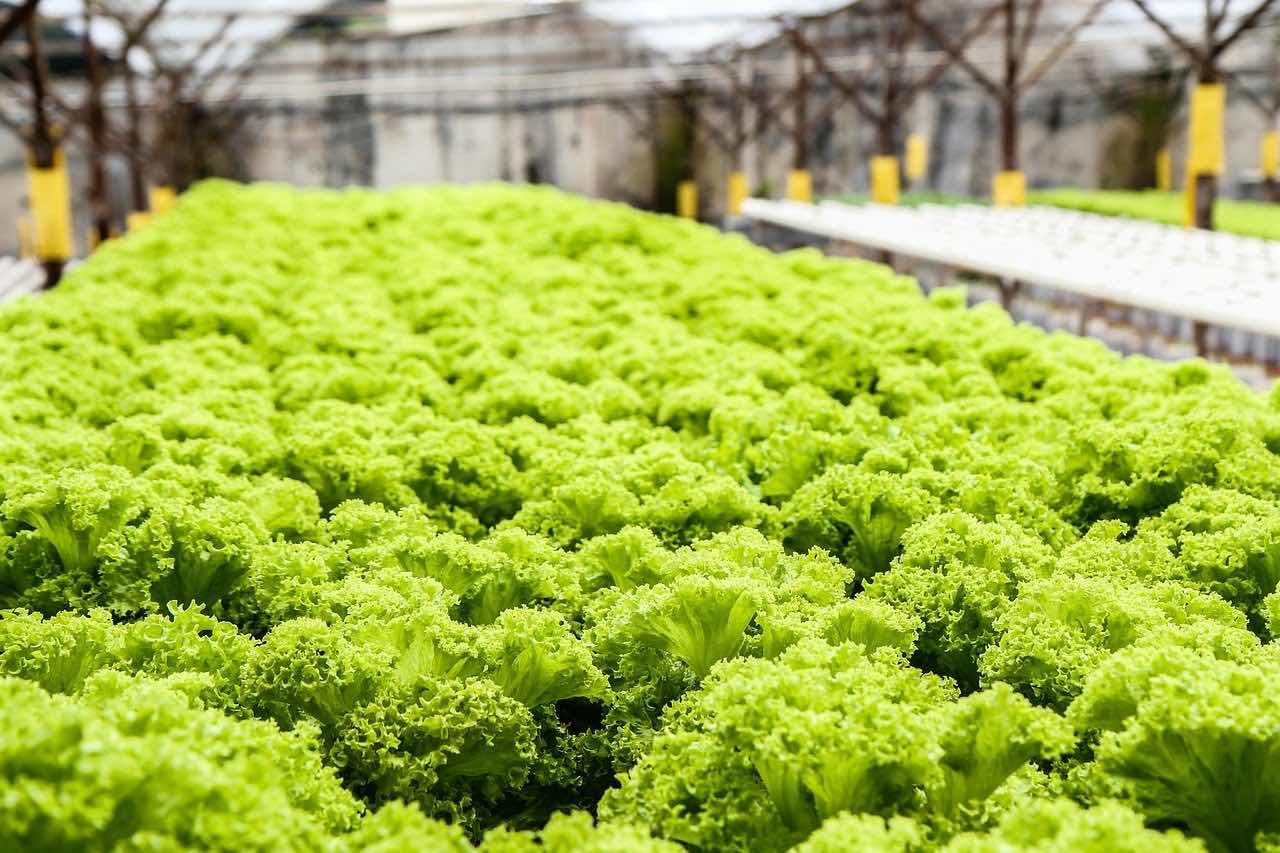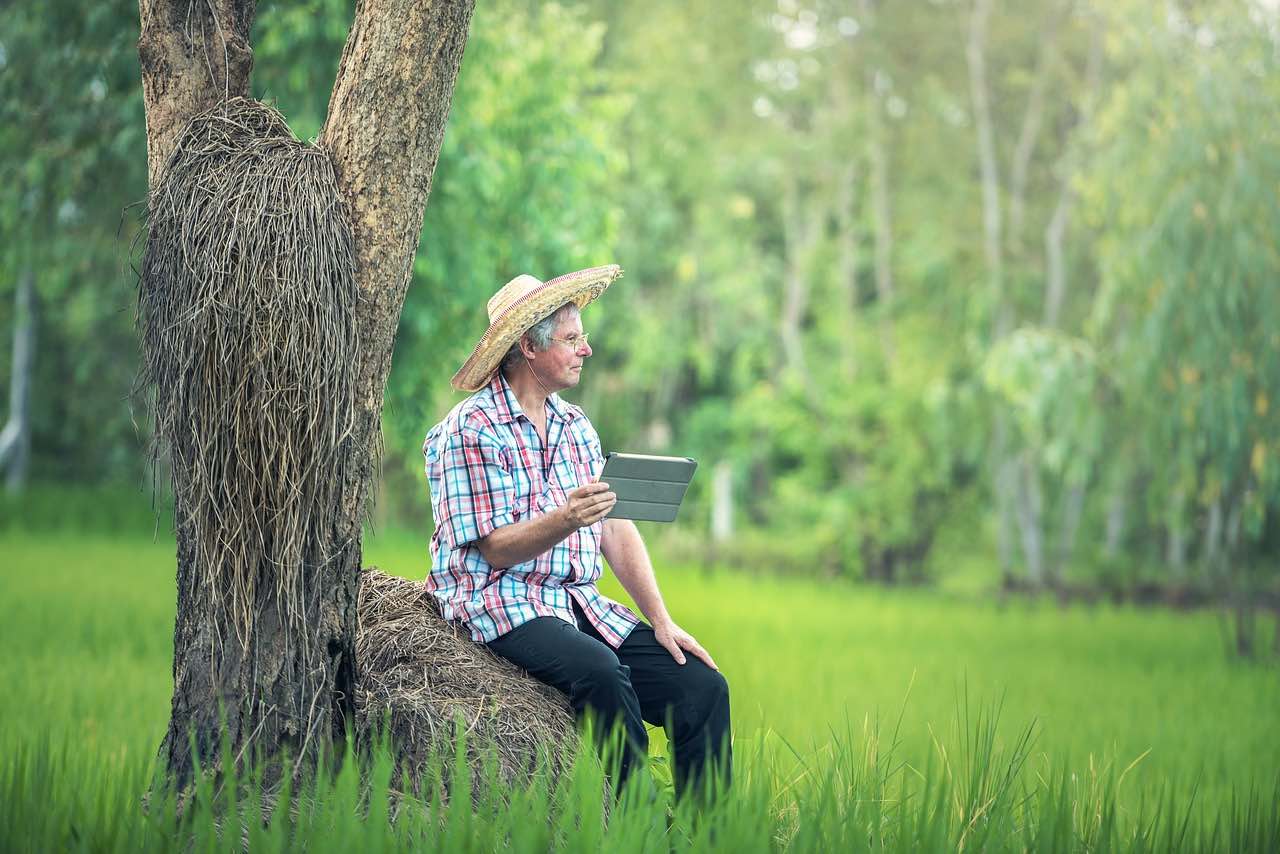Sustainable agriculture utilizes growing techniques that are friendly to the environment, states Tammy Sons of Tn Nursery. Sustainable berry production allows farmers to produce bumper crops of yummy blueberries, strawberries, raspberries, and other small fruits without damaging the planet that we all call home.
Sustainable Berry Production Starts with Healthy Soil
Sustainable berry production begins at ground level. It’s the ground itself that sustains organic berry production. Berry farmers may opt to control weeds and crop-harming insects with black plastic sheeting in lieu of fumigating the Earth with hazardous chemicals like methyl bromide. Thick sheets of black plastic laid over the soil surface eliminate the need for pesticides and weed-killers. Black plastic sheets allow berry farmers to forego fungicidal treatments, as well. Holes are punched through the plastic sheeting to make room for young berry plants. As a bonus, black plastic sheeting helps to protect tender plant roots during chilly nights and unexpected frosts.
Crop Rotation
Another sustainable growing technique used by berry farmers is crop rotation. Every other season, a berry patch is planted in a mulched place and allowed to rest for a year. When the same crop is repeatedly planted in the same place, the soil becomes naturally depleted. Crop rotation allows the soil to recover the vital nutrients crucial to healthy berry production.
Earth-Friendly Fertilization
Sustainable berry farmers eschew toxic chemical fertilizers and favor organic compost mulches made from kitchen scraps such as coffee grounds, eggshells, and fruit and vegetable peels. Compost can also be made from lawn trimmings and yard waste. When composted mulch is incorporated into topsoil, the results are dark, rich soil and hardy berry plants. Compost is the perfect way to recycle food scraps and yard waste that would otherwise be sent to a landfill.
Waste-Free Watering
When sustainable growers water berry plants, they hand water or use drip irrigation systems. Some farmers employ water catchment systems to collect rainwater to water berry fields. Drip irrigation systems may be moved from field to field when crops are rotated.
Inter-Cropping
The practice of planting diverse plants close to one another creates a healthy growing environment. Short plants, such as berries, maybe planted among tall-growing plants to provide shade. Tall plants act as a sort of natural trellis to support climbing berry plants. Careful inter-cropping may also boost the biodiversity of predator insects, thus reducing or eliminating the need for pest control.
Sustainable berry production is a good idea whose time has come. We all need to eat, but we also need a planet that isn’t polluted with pesticides or overworked by constant cropping. Sustainable berry farmers offer delicious fruit in a way that protects our Earth.








